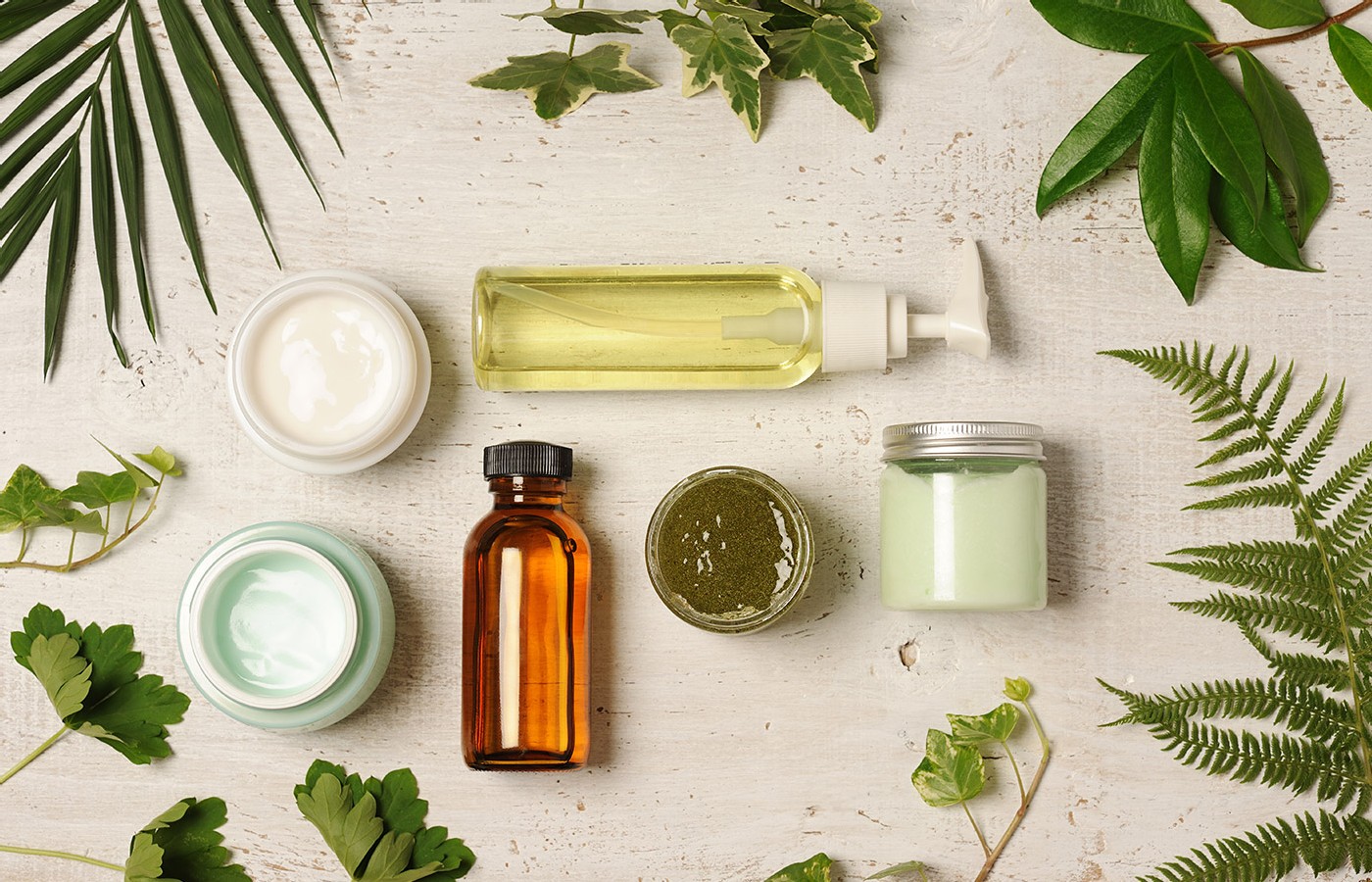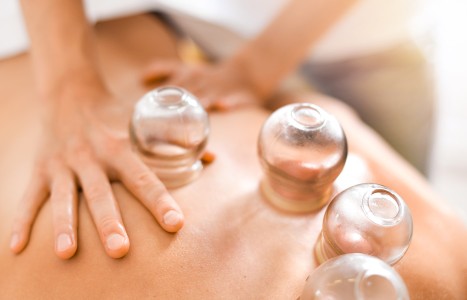Whether you accept it, avoid it or live somewhere in between, insurance coverage has become a defining issue for our profession. Patients increasingly expect to use their benefits, practitioners want to be compensated fairly for their time and expertise, and the system itself remains – at best – fragmented. The encouraging news is that coverage has expanded in meaningful ways. The challenging news is that reimbursement, across the board, remains inadequate.
Efficacy and Safety of Products Used on the Skin During Microneedling and Facial Rejuvenation
- Since microneedling works through the creation of micro-channels and literally opens up the skin to better absorb topical products – good or bad, product safety is especially critical during and after treatment.
- Practitioners performing skin rejuvenation services should understand product ingredients to not only lend to optimal results, but also to uphold the safety of treatments.
- Preservatives, fragrances, unnecessary chemicals and synthetic ingredients are among the ingredients to avoid / choose alternatives for whenever possible.
Microneedling is a cosmetic procedure becoming popular with acupuncturists that involves using a device with tiny needles to create micro-injuries in the skin. These controlled injuries stimulate the body’s natural healing process, promoting collagen and elastin production, stimulating cellular turnover, and enhancing blood circulation.
The result is reduction in fine lines and wrinkles, improved skin tone and texture, and reduction of hyperpigmentation, sun damage and acne scars. Patients can see remarkable improvement over a prescribed series of 3-6 treatments.
Since the procedure works through the creation of micro-channels and literally opens up the skin to better absorb topical products – good or bad, product safety is especially critical during and after treatment. Numerous studies have been conducted on the transdermal drug delivery system (TDDS) of pharmaceuticals showing the “release of pharmacologically active substances into cells, tissues and organs.”
TDDS is applicable to the beauty industry as well; in fact, the average person is exposed to at least 150 chemicals daily just through a daily regime. In research conducted by the National Center for Biotechnology Information (NCBI),1 results showed that drugs applied topically can reach systemic circulation if they penetrate to the blood vessels in the dermis, the second of three layers of skin on the body.
Understanding an Unregulated Industry
The U.S. skincare industry has a significant regulatory gap – the FDA doesn’t regulate skincare ingredients, creating opportunities for deceptive marketing and information. With over a decade of experience working with labs, formulators and scientists in the skincare industry, we have seen firsthand how the lack of regulation and the desire for brands to cut costs allows for exposure to potentially toxic ingredients.
Transparency with ingredients is essential to avoid the greenwashing effect. Practitioners performing skin rejuvenation services should understand product ingredients to not only lend to optimal results, but also to uphold the safety of treatments. Be wary of products that identify natural ingredients, as that often masks the actual ingredient composition. While it’s not always easy to find the data on retail products, when using products in the treatment room, practitioners should have access to the Materials Safety Data Sheet, also known as the MSDS or SDS.
Ingredients to Avoid and Alternatives
Preservatives: Parabens, synthetics commonly used to extend the shelf life of cosmetics, food and medication, can be absorbed through the skin and have been linked to hormonal disruption. They can mimic estrogen and interfere with endocrine function. Instead, look for natural acid-based preservatives such as a radish root derivative, which is effective against bacteria and fungi; willow bark extract (natural salicylic acid commonly used in acne treatments); or fermented coconut (coconut-derived peptides that work as a natural antimicrobial).
Physical packaging can effectively contribute to product preservation, too. Biophotonic glass acts as a natural barrier of sunlight, which degrades products, and is the ideal packaging for harmful chemical-free preservation. The glass blocks the full spectrum of visible light with the exception of violet, and offers the optimal protection against the breakdown of its contents.
Fragrances: Artificial fragrances are another unnecessary additive to steer clear of, as many contain harmful chemicals that not only irritate skin or spur allergic reactions, but also can be absorbed into the bloodstream. Additionally, phthalates are among the chemicals used to extend the longevity of fragrances and can go beyond affecting the skin and interfere with hormone function.2 Look for products that offer a pleasant scent based on the natural ingredients used in formulation, including essential oils and seed oils.
Unnecessary Chemicals: Ingredients that can lead to dryness, such as sulfates and benzoyl peroxide, should also be avoided so as to not disrupt the post-treatment recovery process. Additionally, if the skin’s balance of oils is disturbed, it can lead to even more sebum production and breakouts.
Sulfates, which are primarily used for cleansing and creating a foamy lather to remove dirt or oil, can disrupt the skin barrier by stripping away natural oils. Similarly, benzoyl peroxide can be harsh on the skin and lead to dryness, peeling and irritation, especially with prolonged use. Gentler cleansers that are sulfate-free, coupled with natural acne treatments containing enzymes, are effective treatments that reduce the risk of inflammation and irritation.
Reducing hyperpigmentation is among the top reasons patients seek microneedling as a solution, and achieving brighter skin is possible with habitual use of natural products. Stabilized topical vitamin C, licorice extract or niacinamide are all safe options to attack sun damage and hyperpigmentation. Skin-bleaching agents such as hydroquinone are suspected carcinogens that can cause adverse reactions, which is why it has been banned in Europe.
Additional Warnings When Microneedling
While a natural histamine response may occur and quickly subside with microneedling, topical products formulated with synthetic ingredients may trigger a stronger allergic reaction. This stronger response is one of the contributing factors to the development of granulomas, a more complex immune reaction.
Granulomas are small, firm, inflamed lumps that form due to the skin’s immune response to trauma. The risk of granulomas also increases in microneedling with deeper needling techniques as part of a chronic inflammatory reaction, in which immune cells cluster together to “wall off” the perceived irritant. A less-invasive approach to microneedling with a more superficial, but still-effective technique will avoid the invasive needling that may cause granulomas.
It is also extremely important to use sterile products that do not need additional mixing or use of water due to the vulnerability of the skin during the procedure. Be sure to trust where you source your treatment-room products, and only buy from companies that formulate their products in laboratory environments, and keep all products and equipment sterilized and clean.
References
- Compounded Topical Pain Creams: Review of Select Ingredients for Safety, Effectiveness, and Use. National Academies Press, 2020.
- Wang Y, Qian H. Phthalates and their impacts on human health. Healthcare, 2021 May 18;9(5):60.



